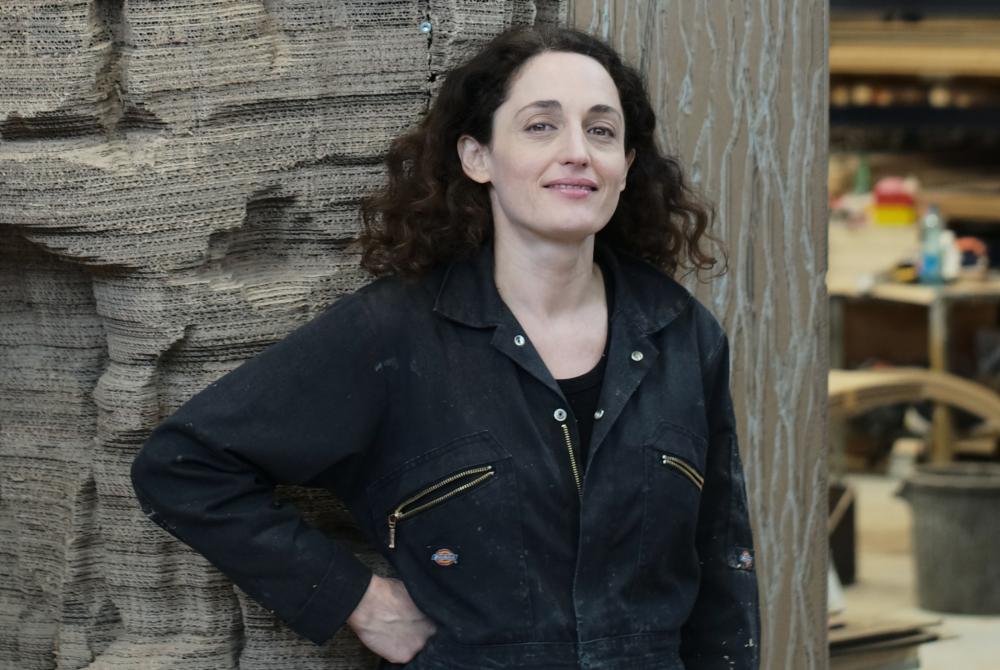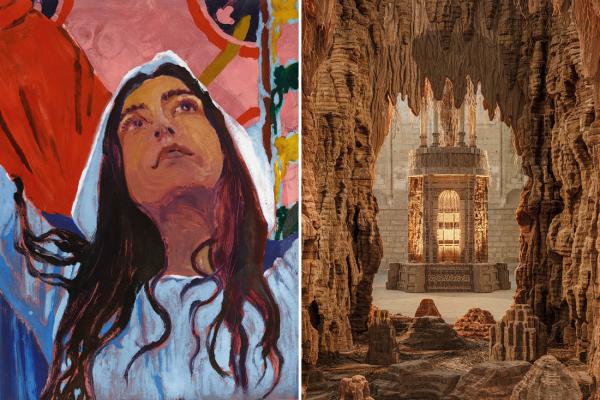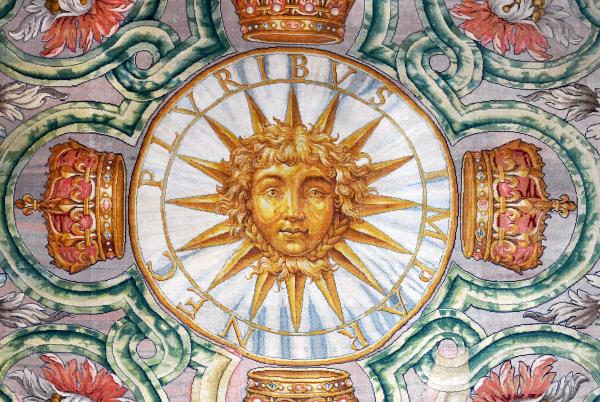Votre panier est vide
Besoin d'inspiration ?
Rendez-vous dans le programme en ligne du GrandPalais
Article -

Name: Maria Antonia Josepha Johanna Von Habsburg-Lothringen.
Dates: 1755-1793
Positions held: Archduchess of Austria, Imperial princess, Princess Royal of Hungary and Bohemia, Dauphine of France (1770), Queen of France and of Navarre (1774).
Alias: l’Autrichienne (the Austrian woman).
Customary name: Marie-Antoinette of Austria.
Marie-Antoinette in four seasons
Spring: from Vienna to Versailles
The last child of Francis I of Lorraine and the Empress Maria-Theresa, Marie-Antoinette became Dauphine of France at 14 years old, following a privileged and free upbringing in which dancing and music played a major role. Dauphine and Dauphin of France soon came to embody a radiant, young court which sought out new pleasures. Marie-Antoinette’s difficulty with conforming to etiquette, her desire for happiness, a new idea created by the Enlightenment, her exclusive friendships, her fondness for luxury and finally the wait for a male heir, aroused the hostility of her first enemies.
Summer: Trianon
Queen of France at 18 years old, Marie-Antoinette gave birth to an heir in 1781. She moved to the Petit Trianon to create a private home for her new family. Her personal kingdom in the estate of the château of Versailles would soon have its own "factory”, its farm, which like a miniature village became the “queen’s hamlet”. Marie-Antoinette, who loved to act, was quick to get up on stage to put on very private plays in the theatre of the Petit Trianon. Her taste for polemic pieces by Beaumarchais and her excessive spending at a time of economic crisis did not take long to tarnish her image. Public opinion became increasingly exasperated. This fine Trianon summer – during which she reigned over the heart of King Louis XVI and introduced levity and modernity into the French court for several years, as a queen and mother – soon came to an end.
Autumn: from an ill-fated necklace to the Conciergerie
In 1785, convinced by forged letters from Marie-Antoinette and a faked interview with her, Cardinal de Rohan allowed himself to be persuaded by the Countess de La Motte and Cagliostro that, in order to return to the queen’s favour, he should act as an intermediary for her in the purchase of a necklace for 1,600,000 livres. When the cardinal failed to meet a repayment, the Affair of the Necklace became public. The queen’s image, despite her innocence, was permanently damaged when the Estates General opened on 4th May, 1789. Brought back by force to the Tuileries during October, victim of a mediocre entourage and a clumsy escape attempt and mourning the death of her youngest child, she watched powerlessly as her universe collapsed. Sentenced in 1793, the day after the execution of Louis XVI, Marie-Antoinette was condemned to death for high treason. She was guillotined following a trial on 16th October, 1793.
Marie Antoinette died at the age of 38 without having had the time to live her winter.
Profile
Talents: music, theatre, dancing
Passions: her children, fashion, the decorative arts, games, parties
Friends: the Count de Fersen, the Princess de Lamballe, modernity
Enemies: a sombre court, an irascible public opinion, her youth
Favourite place: Trianon
A key work: Portrait of Queen Marie-Antoinette, "with a rose" (1755-1793)
Votre panier est vide
Besoin d'inspiration ?
Rendez-vous dans le programme en ligne du GrandPalais
See content : In the fantastic world of Eva Jospin: 8 questions for the artist

Article -
At the Grand Palais, Eva Jospin's "Grottesco" exhibition offers a timeless journey. Mysterious caves, sculpted nymphaea, petrified forests and "embroidered tableaux" come together to form a world apart. In this interview, the artist reveals her sources of inspiration, her relationship with cardboard and embroidery, and the way she turns each viewer into an explorer of her fantastical landscapes.
See content : It's open! Eva Jospin and Claire Tabouret: two new exhibitions at the Grand Palais

Article -
Until March 15, you're invited to explore the fascinating worlds of Eva Jospin and Claire Tabouret, presented in two Grand Palais galleries linked by the same entrance.
See content : A treasure of the Sun King soon to be displayed under the glass roof of the Grand Palais: book your tickets now!

Manufacture de la Savonnerie d’après Charles Le Brun (1619-1690), Tête d’Apollon, détail du 6e tapis de la Grande Galerie du Louvre, laine et lin, 8,82 x 5,94. Paris, Mobilier national
Article -
Seven days only, some thirty carpets on display, a royal setting resurrected: enter the legend of the Sun King, under the majestic glass roof of the Grand Palais. Ticketing is now open!